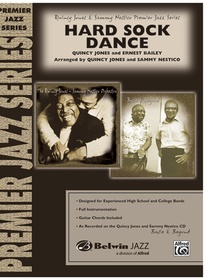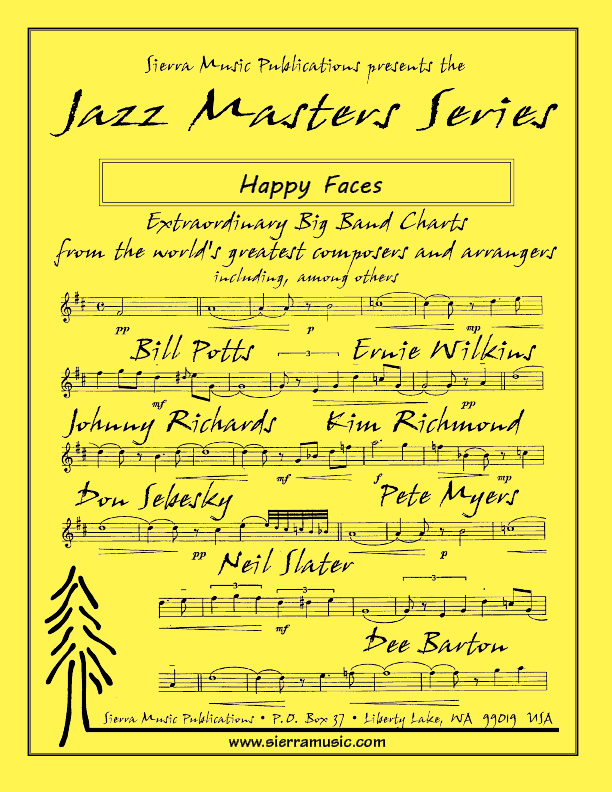STOCKHOLM SWEETNIN' [DOWNLOAD]
Arranged by Quincy Jones, Prepared for Publication by Dylan Canterbury, Rob DuBoff, and Jeffrey Sultanof

Cat #: JLP-5019-DL
$75.00This product is available for immediate download after purchase.
Questions?
Please call +1-518-587-1102 or email us.
Edition: Jazz Big Band Arrangement
Description: Swing - Difficult
Publisher: Jazz Lines Publications
It's unlikely that anyone could have guessed just how monumental a career Quincy Jones would go on to have upon the release of his 1957 full-length debut as a leader, This Is How I Feel About Jazz, but the musical content of this recording is just as high in quality as any of the heights Jones would reach over the next several decades. Stockholm Sweetnin' is a wonderful example of just how mature Jones already was as a composer and musical visionary.
Starting with some ominous muted minor chords in the trumpets surrounding a descending figure in the trombones and tenor saxes, the melody commences at measure 9 and gracefully bounces around the horn sections, giving each a chance to carry the simple but highly catchy tune. The entire performance should have a relaxed atmosphere even at louder volume levels, and this first melody statement is when this mood should be established.
Following the melody are a series of improvised solos. First up is a chorus of trumpet courtesy of Jones's former Lionel Hampton section mate Art Farmer, then a chorus of alto sax from longtime key collaborator Phil Woods. Each of these choruses are broken up on the bridge by a short ensemble passage. The final solo is a half a chorus of Hank Jones' piano, which gives way to a short trombone melody line on the bridge.
Beginning at measure 129, a bebop-inspired melody is handled in unison by Farmer, Woods, and flutist Jerome Richardson, with the rest of the band gradually sneaking in and joining them at measure 145. From here on out, the melody is re-played as it was at the beginning of the chart, with the introduction being used one more time before the arrangement comes to a gentle close courtesy of the trombone section.
The original saxophone section on the 1957 release consisted of one alto sax, three tenor saxes, and baritone sax. Included is an alternate 2nd alto sax part that allows the piece to be performed with a more traditional instrumentation. The guitar part is optional.
This publication was prepared using Quincy Jones's original score - this is not a transcription.
Alto Saxophone
3 Tenor Saxophones (Optional Alto Sax 2 Part Included - see description)
Baritone Saxophone
4 Trumpets
3 Trombones
Guitar (Optional)
Piano
Bass
Drum Set
Trombones 1 and 3: Bb4
Trombone 2: C5










